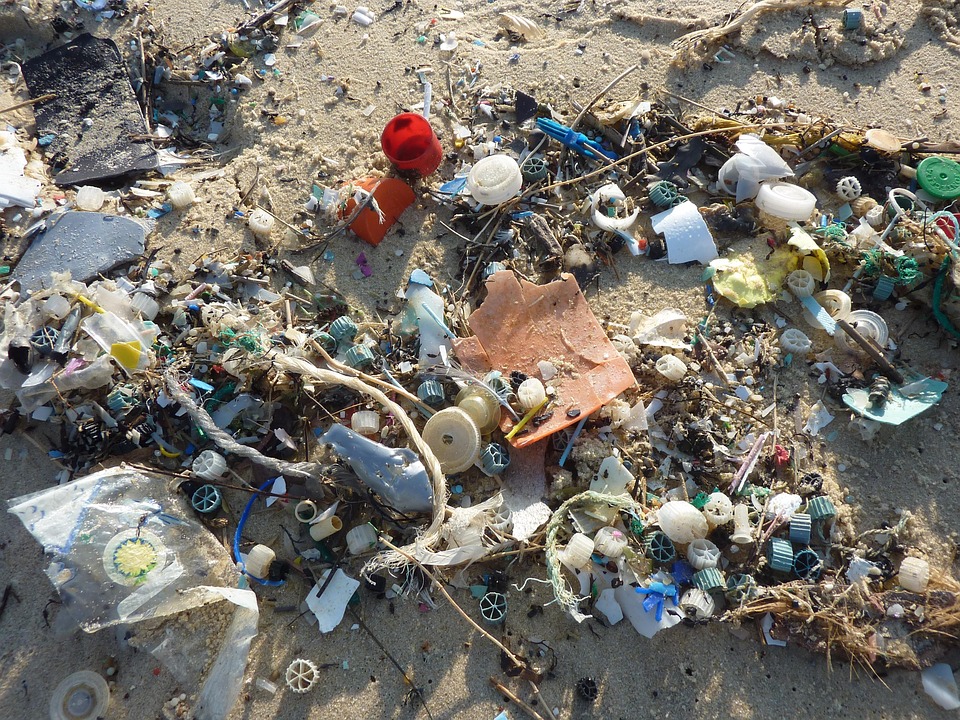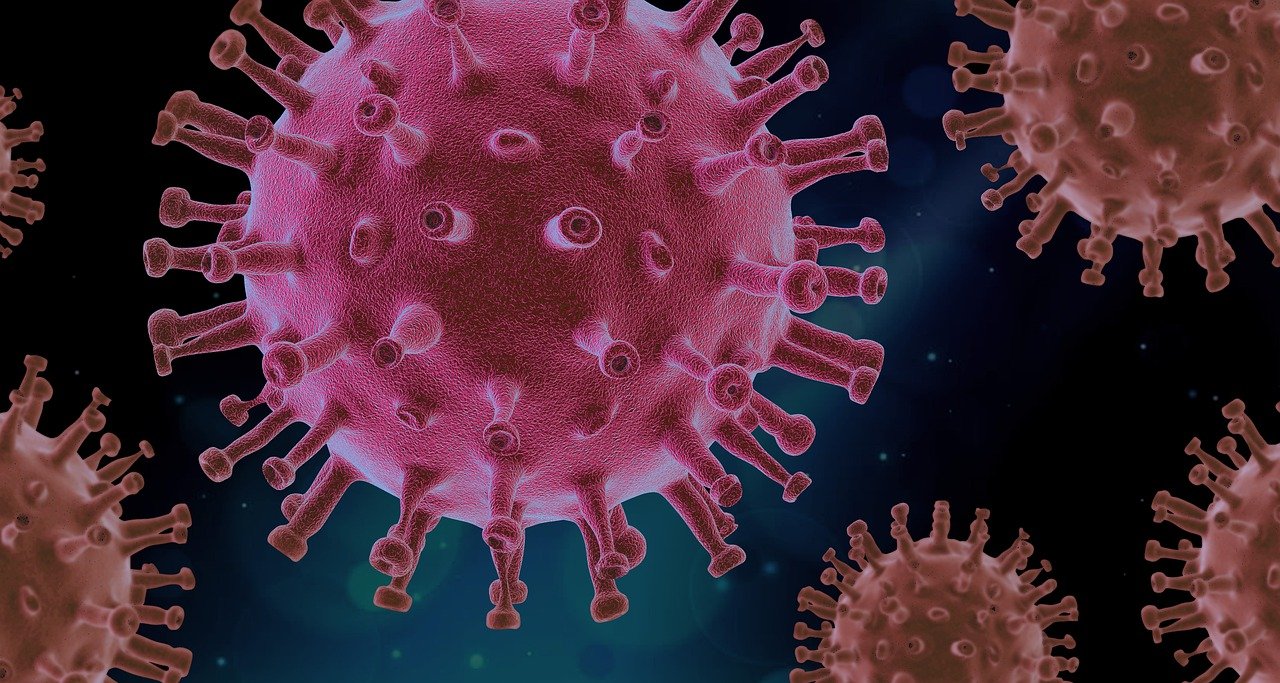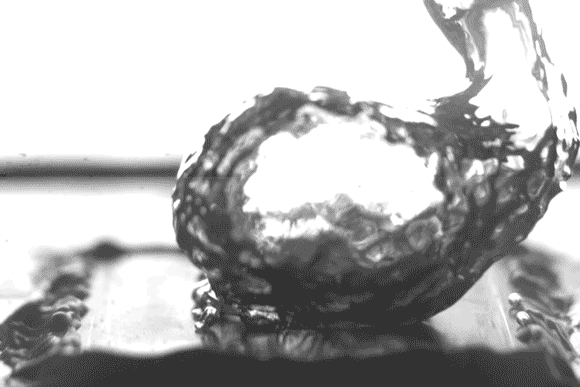Microplastics in the Brain: A Hidden Threat to Human Health?
As microplastics continue to infiltrate our environment—appearing in everything from seafood to clouds—scientists are racing to understand their effects on human health. Now, a recent study published in Science Advances, led by researchers from the Chinese Research Academy of Environmental Sciences in Beijing, uncovers a troubling discovery: microplastics can obstruct blood flow in mouse brains. Specifically, the study found that these tiny plastic particles become trapped in brain capillaries, potentially disrupting the essential supply of oxygen and nutrients. As a result, this raises serious concerns about long-term neurological effects and highlights the urgent need for further research.
The Study
To investigate the effects of microplastics on the brain, researchers fed mice microscopic fluorescent polystyrene particles. Then, using advanced microscopy, they tracked how these particles traveled through the mice’s brains. Surprisingly, the study revealed that immune cells ingested the microplastics, which then became lodged in small blood vessels, causing blockages. Consequently, these obstructions impaired blood circulation and, in turn, affected the mice’s mobility.
Implications for Humans
Although this research was conducted on mice, its implications for human health are alarming. Given that microplastics have already been detected in human blood, lungs, and even the placenta, their presence in the brain is an increasing concern. Notably, the potential for these particles to obstruct blood flow in the human brain heightens worries about long-term neurological risks. Therefore, as microplastic pollution continues to rise, understanding its impact on brain health has never been more critical.







